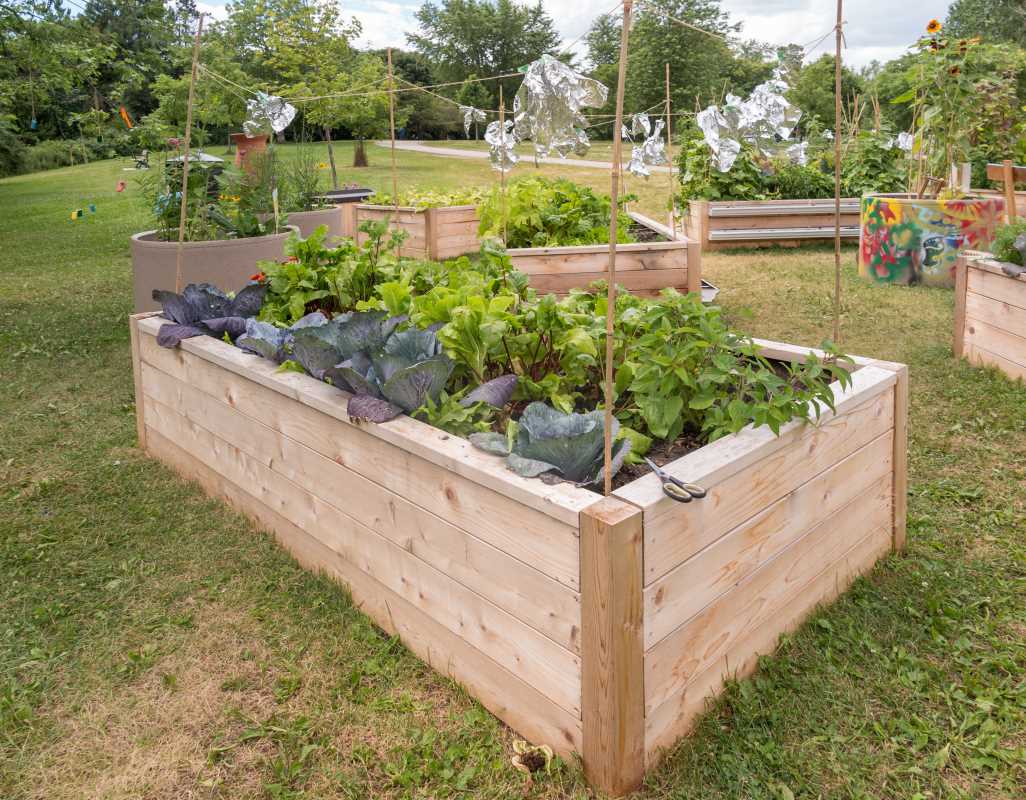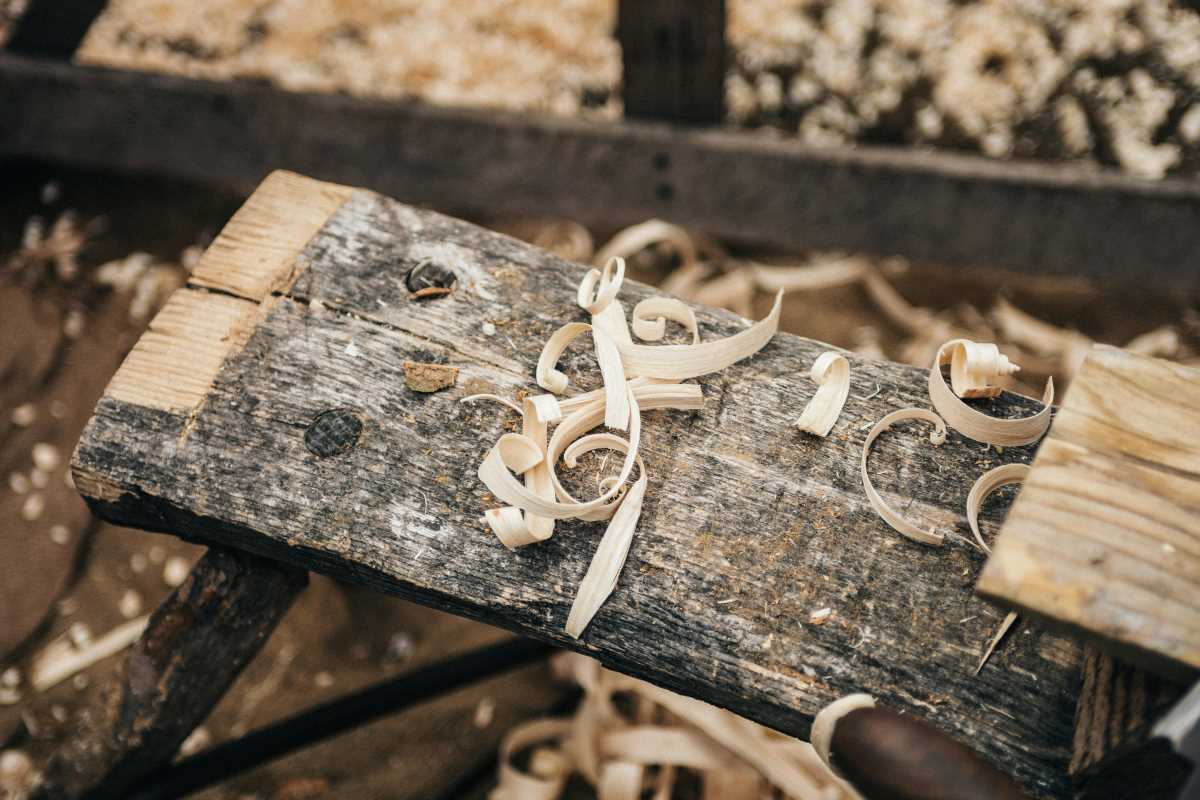Gardening with raised beds gives you the freedom to choose the best soil, manage water drainage, and shield your young plants from unwanted visitors. When you care for your raised beds throughout the year, they reward you with an abundant harvest of vegetables, colorful blooms, or fresh herbs. You can find easy ways to work routine garden tasks into your daily life, no matter your local weather. Paying attention to soil quality, picking the right plants, watering wisely, and adding a few protective touches keeps your raised beds thriving through every season. With a little effort, your garden stays productive and beautiful all year long.
These techniques rely on straightforward tools and natural materials. You won’t need fancy gadgets—just a few hand tools, organic matter, and some planning. Let’s walk through each season’s requirements so you can spend more time enjoying your garden and less time troubleshooting.
How to Prepare Soil for Each Season
- Spring soil renewal: Turn compost and aged manure into the top layer before planting. This supplies nutrients and improves texture so roots spread easily.
- Summer monitoring: Check soil moisture daily during heat waves. Lightly scratch the surface to see if it feels damp or dry. Apply thin layers of compost around the base of plants midseason.
- Autumn cleanup: Pull spent plants and test soil pH with a kit. Add lime if it’s too acidic or sulfur if it’s too alkaline. Spread a cover crop like clover to fix nitrogen and suppress weeds.
- Winter rest: After frost, rake in leaf mold or shredded bark. Cover the bed with a breathable tarp or mulch to block soil erosion and prevent nutrient loss.
By focusing on each season, you prevent soil exhaustion and naturally build up fertility. Breaking the cycle of depletion keeps your bed healthy so plants grow well instead of struggling for nutrients.
Picking the Right Plants for Every Season
- Early spring greens: Sow fast-growing lettuces, arugula, and spinach. These cool-weather crops mature quickly before temperatures climb.
- Summer heat lovers: Plant tomatoes, peppers, eggplants, and basil when nights stay above 50°F. They enjoy warm soil and steady sun.
- Fall vegetables: Direct-sow kale, Brussels sprouts, and radishes in late summer. They handle mild frost and provide fresh produce into November.
- Winter cover crops: Scatter rye, vetch, or oats once beds clear out. These protect soil structure, add organic matter, and cut back weed growth.
Rotating plant families also stops pests that target one group from building up. Switching from brassicas to legumes to nightshades each season prevents disease cycles and makes soil nutrients available to different root systems.
Consistent Watering and Irrigation Methods
Keeping moisture levels steady encourages growth without drowning roots. In spring and fall, hand-water beds every two to three days. During peak summer heat, switch to daily watering early in the morning. This helps water reach roots before evaporation takes it away.
Install a simple soaker hose or drip line under mulch. This directs water straight to the root zone, reduces evaporation, and prevents leaf diseases. Check moisture by sliding your finger into the soil—if it feels dry at two inches deep, it’s time to water.
Mulching and Weed Control
Covering soil with organic mulch retains moisture, keeps temperatures steady, and blocks weed seeds from sprouting. Straw, wood chips, or shredded leaves work best. Apply a two- to three-inch layer around young plants, leaving space at the stem to avoid rot.
Pull weeds when they first appear, before they set seed. A quick weekly sweep prevents a major chore later. For stubborn weeds, use a hand tool to lift roots without disturbing nearby crops. This approach saves you hours of backbreaking weeding in spring.
Protecting Beds from Pests and Cold
Bird netting, mesh covers, or floating row covers shield tender seedlings from insects and thrushes. Attach hoops over the bed and drape the cover, securing edges with bricks or staples. It stays in place through wind and rain.
When frost threatens, place cloches or cut plastic bottles over vulnerable plants. A thin frost cloth under wire hoops also traps heat. Remove covers once temperatures stay above freezing to prevent overheating.
Supporting Pollinators
Add flowering perennials like Echinacea, Salvia, and Monarda along bed edges to attract bees and butterflies. Scatter native wildflower seeds in spare corners so pollinators find easy food sources throughout the season.
Provide nesting habitats by leaving small piles of hollow stems or installing a simple bee block. During bloom, set out a shallow water dish with stones for landing spots.
Supporting pollinators leads to heavier yields and richer-colored flowers. These small additions help create a balanced ecosystem right in your raised bed.
Consistent care keeps your raised beds productive and weather-resistant. With a simple plan and tools, you can maintain vibrant beds year-round that reward your efforts.
 (Image via
(Image via





